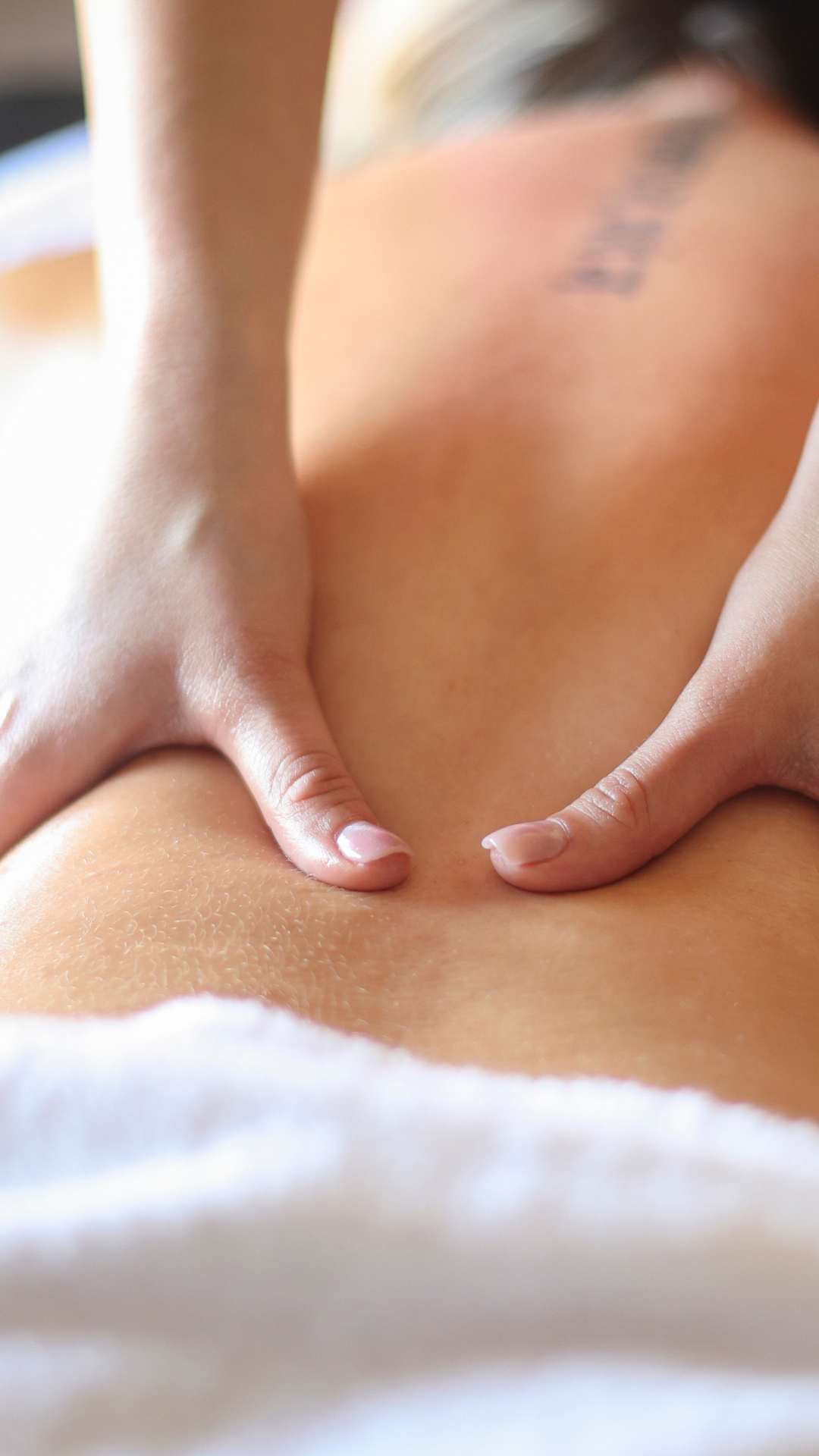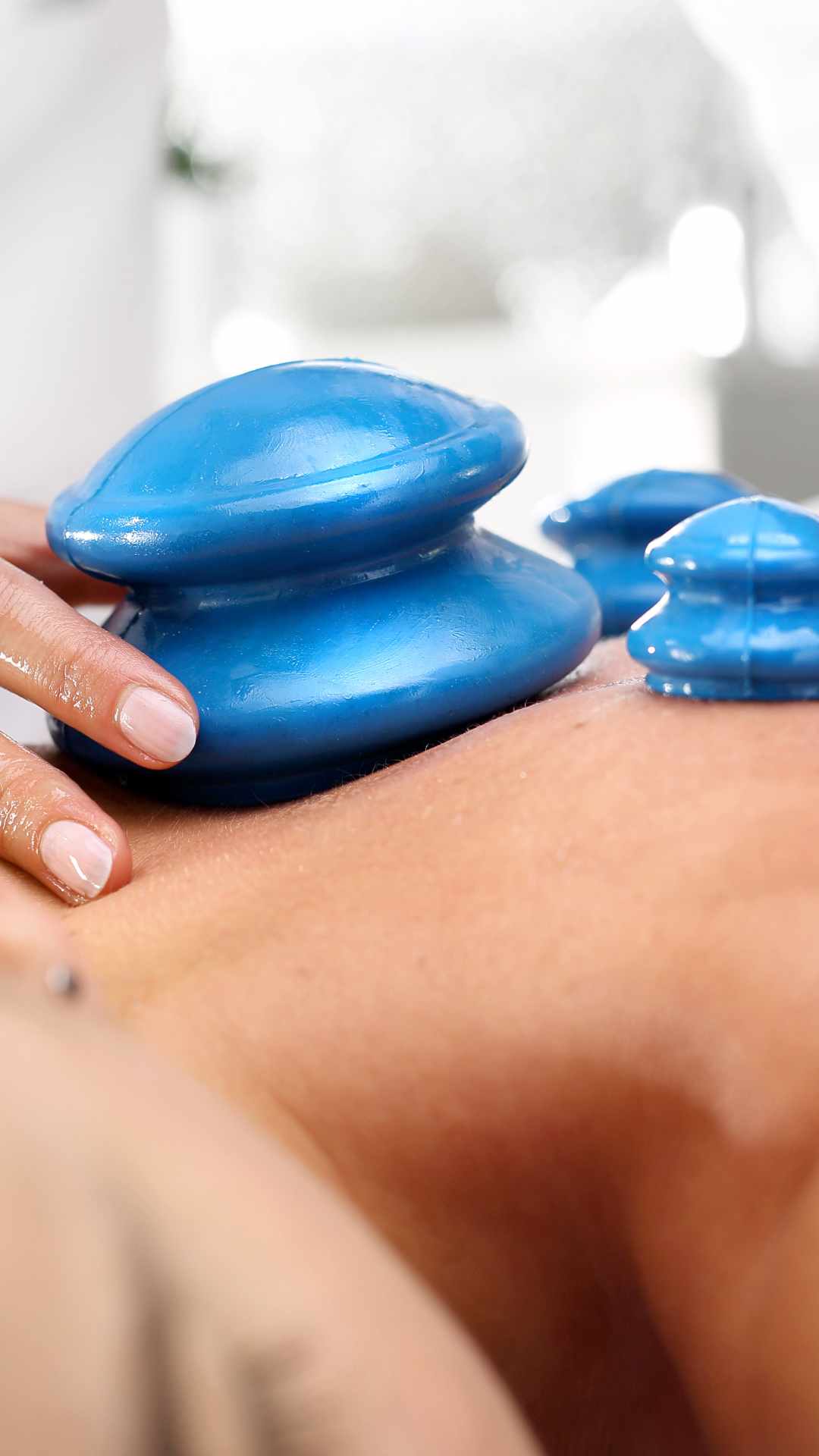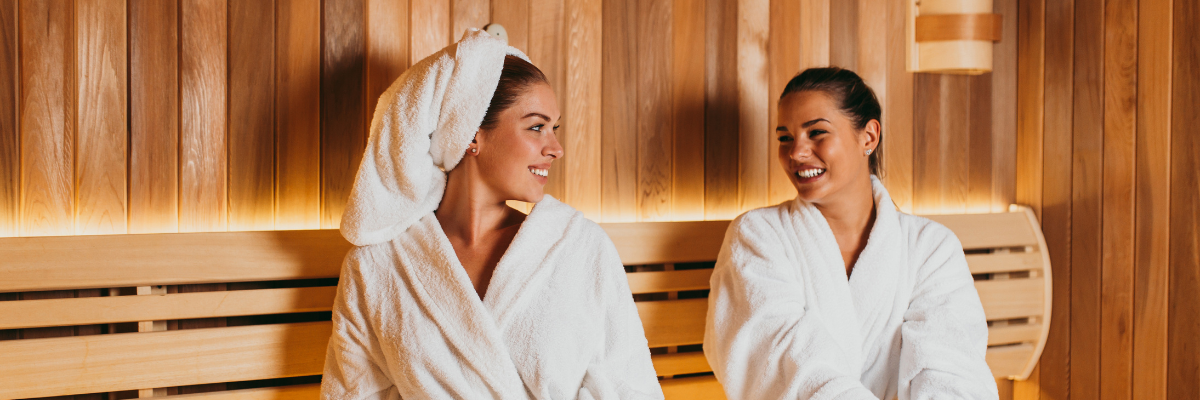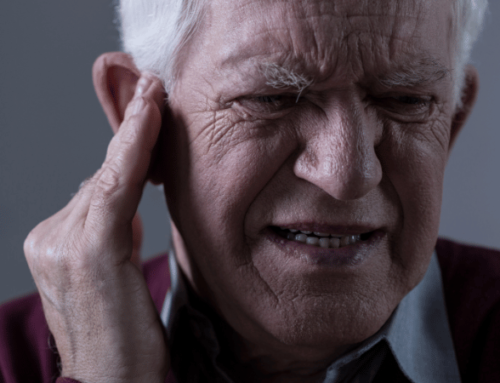Massage therapies that treat back pain (and when they help)
We use a mix of massage therapies depending on whether you’re dealing with acute, subacute, or chronic low back pain:
- Swedish massage / Relaxation massage Long, rhythmic strokes that promote relaxation, reduce overall soreness, and calm a flared nervous system. Great for short-term symptom relief and sleep.
- Therapeutic massage / Deep tissue massage Slower, specific work to lengthen tight soft tissues and improve range of motion across the lumbar spine, glutes, and hip flexors. Helpful when stiffness limits bending or sitting.
- Sports massage Blends hands-on work with mobility and stretch to prep or recover from training. Useful when hamstrings and hips are bossing your low back around.
- Myofascial release Gentle holds that help connective tissues glide and reduce that “stuck” feeling. Great for morning stiffness and sensitive backs.
- Trigger point therapy (myofascial trigger points) Focused pressure on hot spots in QL, piriformis, glute med, and hamstrings that mimic pain from sciatica.
- Shiatsu massage / Thai massage Rhythmic pressure and assisted stretching that target flow (think qi) and joint mobilization without forcing.
- Cupping, gua sha, and heat Decompression, light scraping, and warmth to stimulate blood flow, alleviate tightness, and speed recovery. We may also use massage oil to improve glide for longer strokes and comfortable knead work with palm or thumb.
Bottom line: Massage may help you treat back pain by downshifting protection, restoring motion, and making movement tolerable again. We tailor the massage type in real time.

Effects of massage therapy on low back pain
What people usually notice first:
- An immediate relaxation response and easier breathing
- Less guarding in the spinal erectors and hips
- Reduced referral down the leg when sciatica‑like symptoms are driven by tight glutes
- A few extra degrees of bend or twist without a spike in pain
Large reviews and classic controlled trial research (including Annals of Internal Medicine and work by Cherkin DC) suggest the benefits of massage as part of pain management can improve function and provide meaningful short-term relief for musculoskeletal pain, including back pain and sciatica. Serious adverse events are rare when care is provided by a licensed therapist.
Choosing the right type of massage for lower back pain
- Acute flare (0–4 weeks): Aim for calming work first: Swedish/relaxation, gentle myofascial, light mobilization, and heat. Keep sessions 60 minutes. Pair with walking.
- Subacute (4–12 weeks): Layer in deep tissue, trigger points, and targeted stretch for hips/hamstrings. Begin light strength work.
- Chronic back pain (>12 weeks): Mix therapeutic massage, sports massage, and myofascial release with a progressive movement plan. Consistency beats intensity.
If you’re not sure which massage type to book, start with Therapeutic Massage and we’ll adjust on the table.
Back massage techniques you might feel on the table
- Long gliding strokes over the lumbar erectors with oil to warm the area
- Slow knead and thumb tracing along QL, paraspinals, and into the glutes
- Pin-and-stretch for hip flexors and hamstrings
- Gentle sacral rocking for SI joint irritation
- Cupping or gua sha where tissues feel glued
- A little shiatsu rhythm to settle the system
First visit game plan (evidence‑informed, human‑friendly)
- Mini assessment: current pain, aggravating movements, red flags
- Back massage sequence matched to your goals
- Trigger point and myofascial work as needed
- Finish with heat or cups; quick check of range of motion
- Two‑minute homework you’ll actually do
Clinical practice guideline note: A practice guideline from the American College of Physicians recommends non‑drug options like massage, heat, and movement as first‑line care for most people with low back pain.
A simple 6‑week treatment plan
- Week 1: 60–90 minutes to calm spasm, open hips; optional infrared sauna 10–15 min after
- Week 2: 60 minutes; add trigger points for glutes/piriformis/QL; start daily reset
- Week 3: 60 minutes; progress deep tissue and light hip‑hinge practice
- Week 4: 60 minutes; layer myofascial release, optional cupping or gua sha; sauna 15–20 min
- Week 5: 60 minutes; tune‑up and progress home plan
- Week 6: 60 minutes; set maintenance every 2–4 weeks
We track pain, sit/stand tolerance, and bend tests. Adjustments happen each session.

Daily reset: quick stretches to help relieve stiffness
- Box breathing, 1 minute
- Hip flexor stretch and hamstring stretch, 30 seconds per side
- Figure‑four or glute stretch, 30 seconds per side
- Broomstick hip hinge x10 slow reps
- Two‑minute walk
When to add other care
- Physical therapy if strength, coordination, or recurring instability is limiting you
- Chiropractor if you respond well to spinal adjustments paired with soft‑tissue work
- Primary care if pain is escalating or you have systemic symptoms
Red flags: when to see a medical provider first
Loss of bladder/bowel control, progressive weakness, fever with back pain, saddle numbness, major trauma history. If you’re unsure, ask. We’ll guide you.

Sauna, recovery, and next steps
Use infrared sauna 2–3 times weekly for 15–25 minutes if you tolerate heat. Hydrate. Most clients report better sleep and easier mornings. Then keep your momentum with a back massage every 2–4 weeks.
What to book next
Book a Therapeutic Massage for lower back pain in Pickerington. Tell us if symptoms feel like back pain and sciatica, arthritis, or muscle tightness so your massage therapist can tailor your bodywork session.






